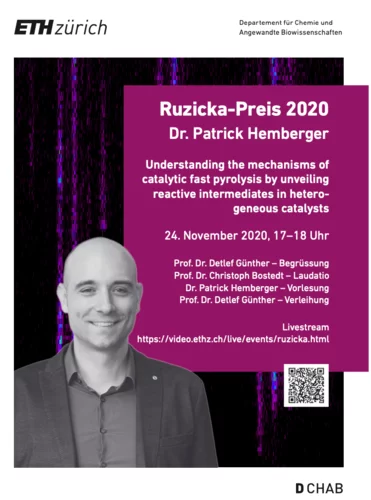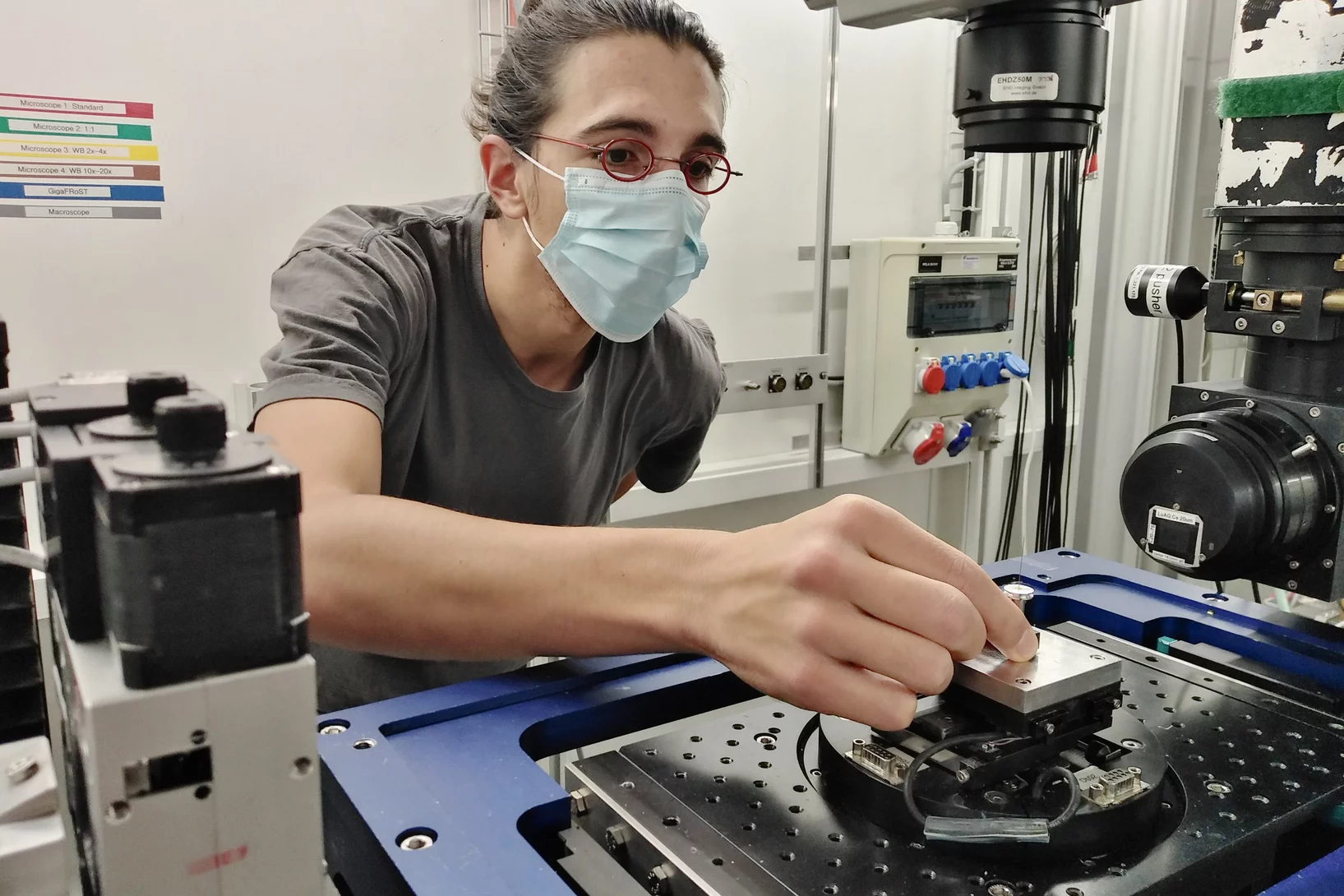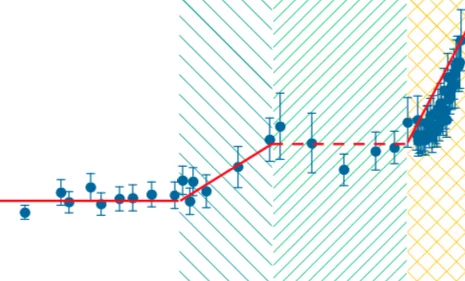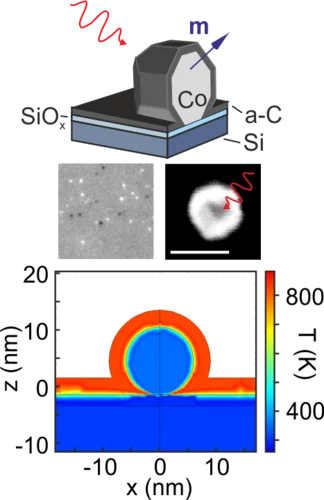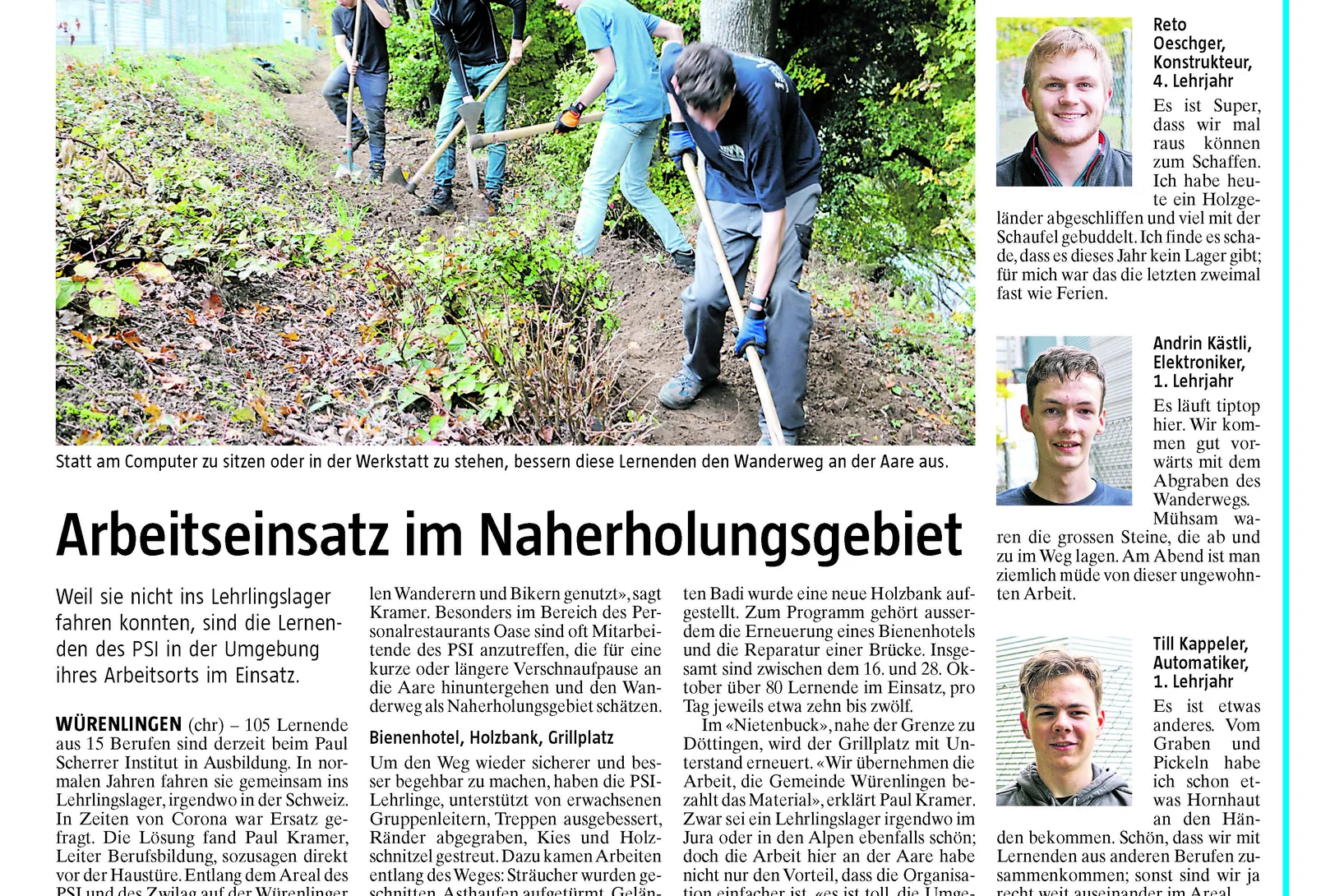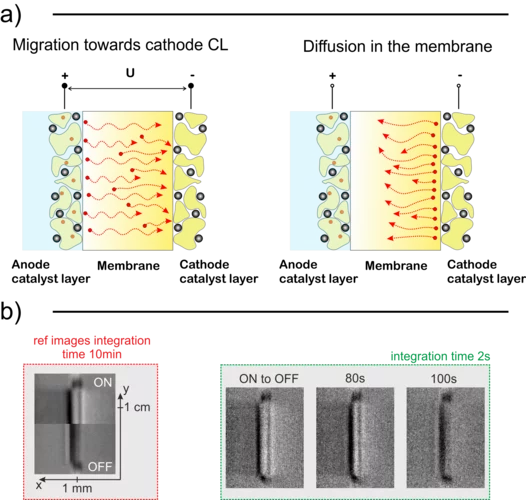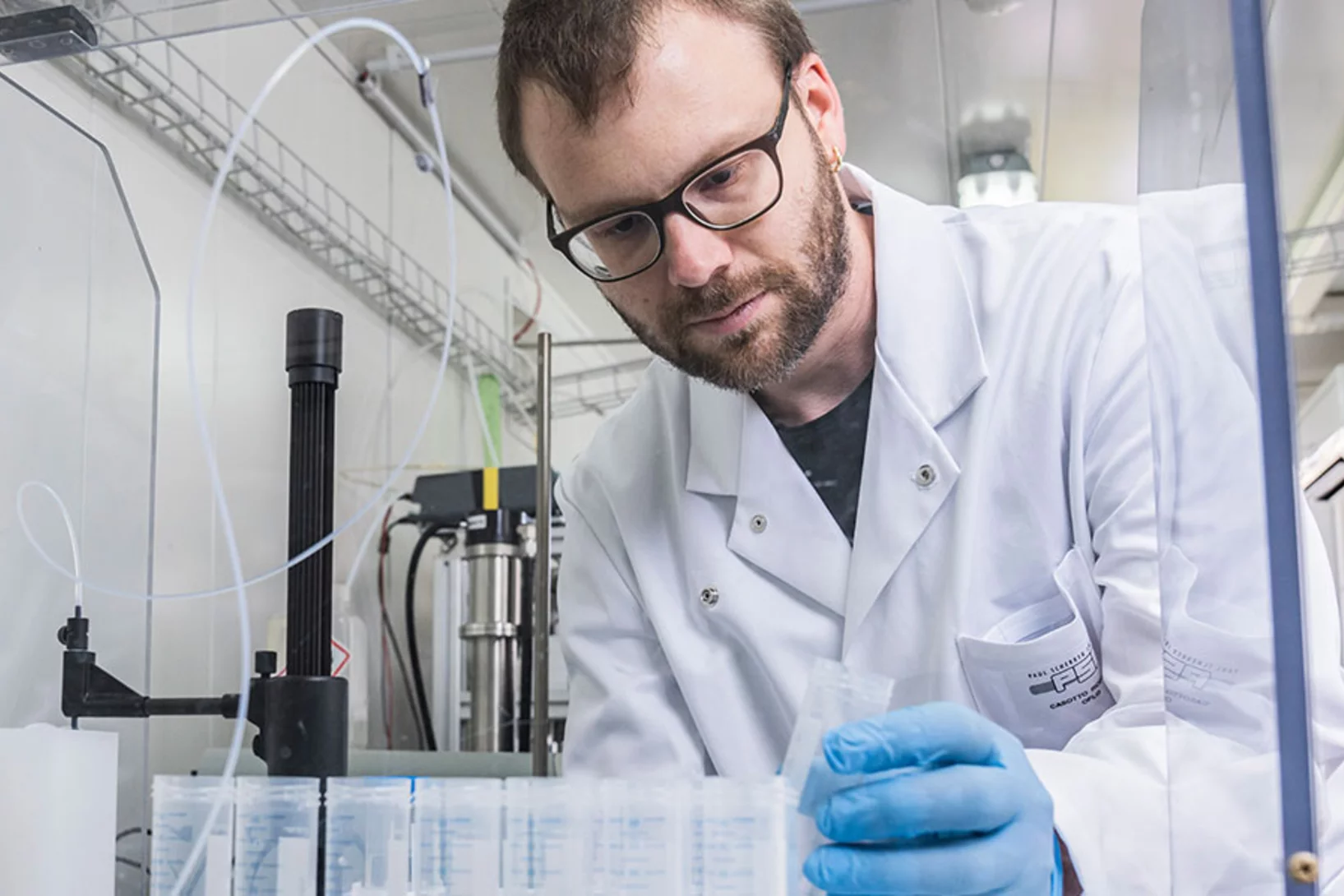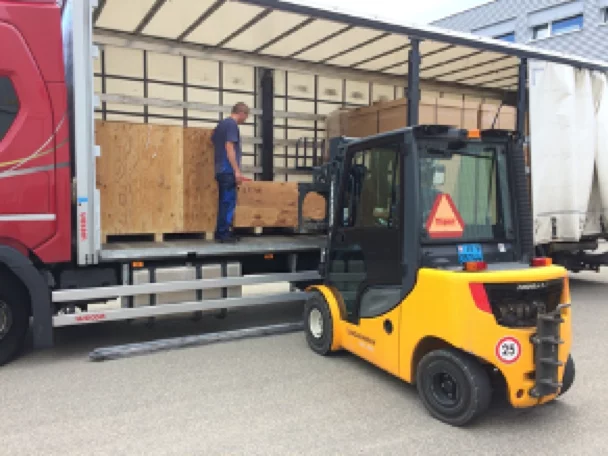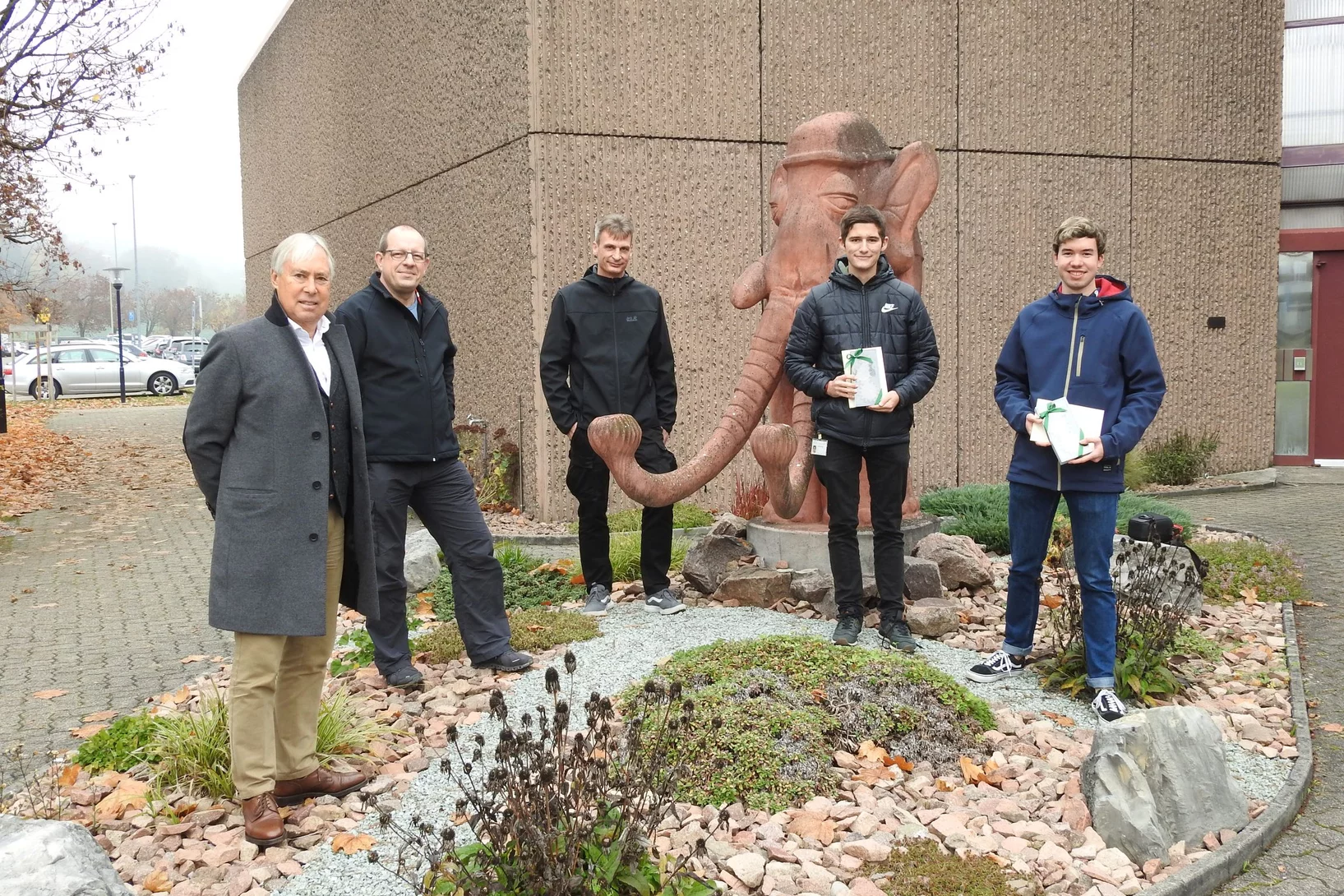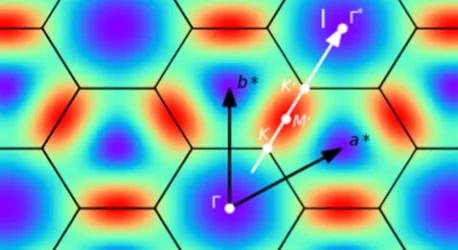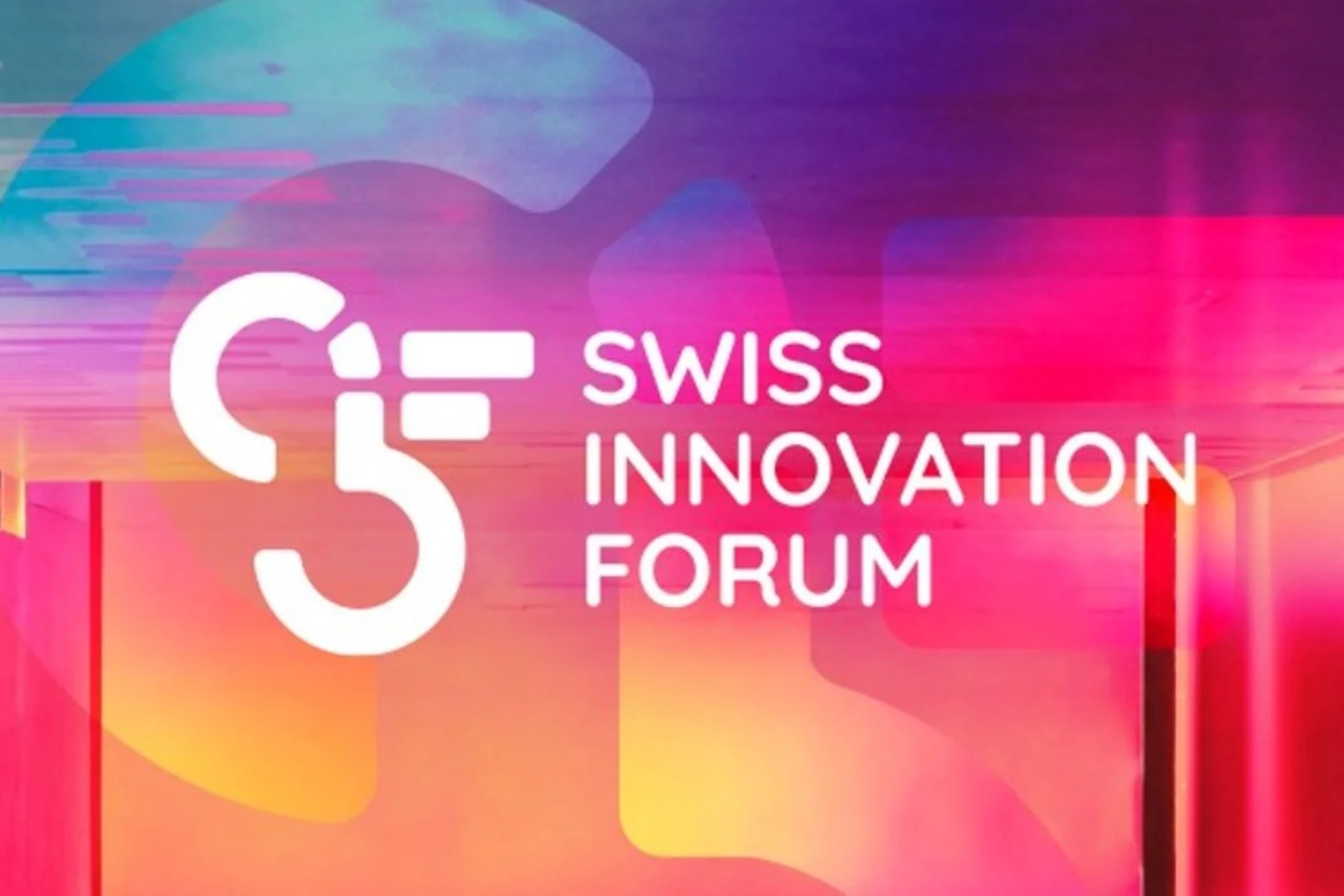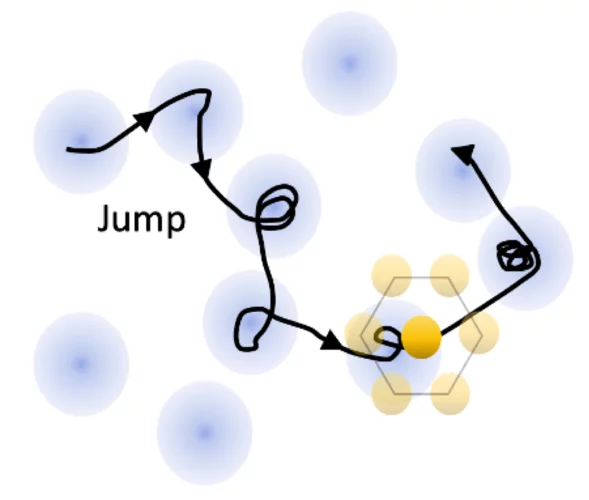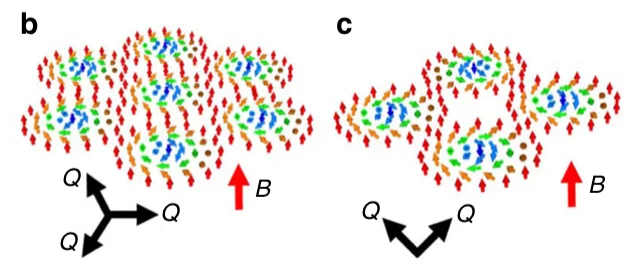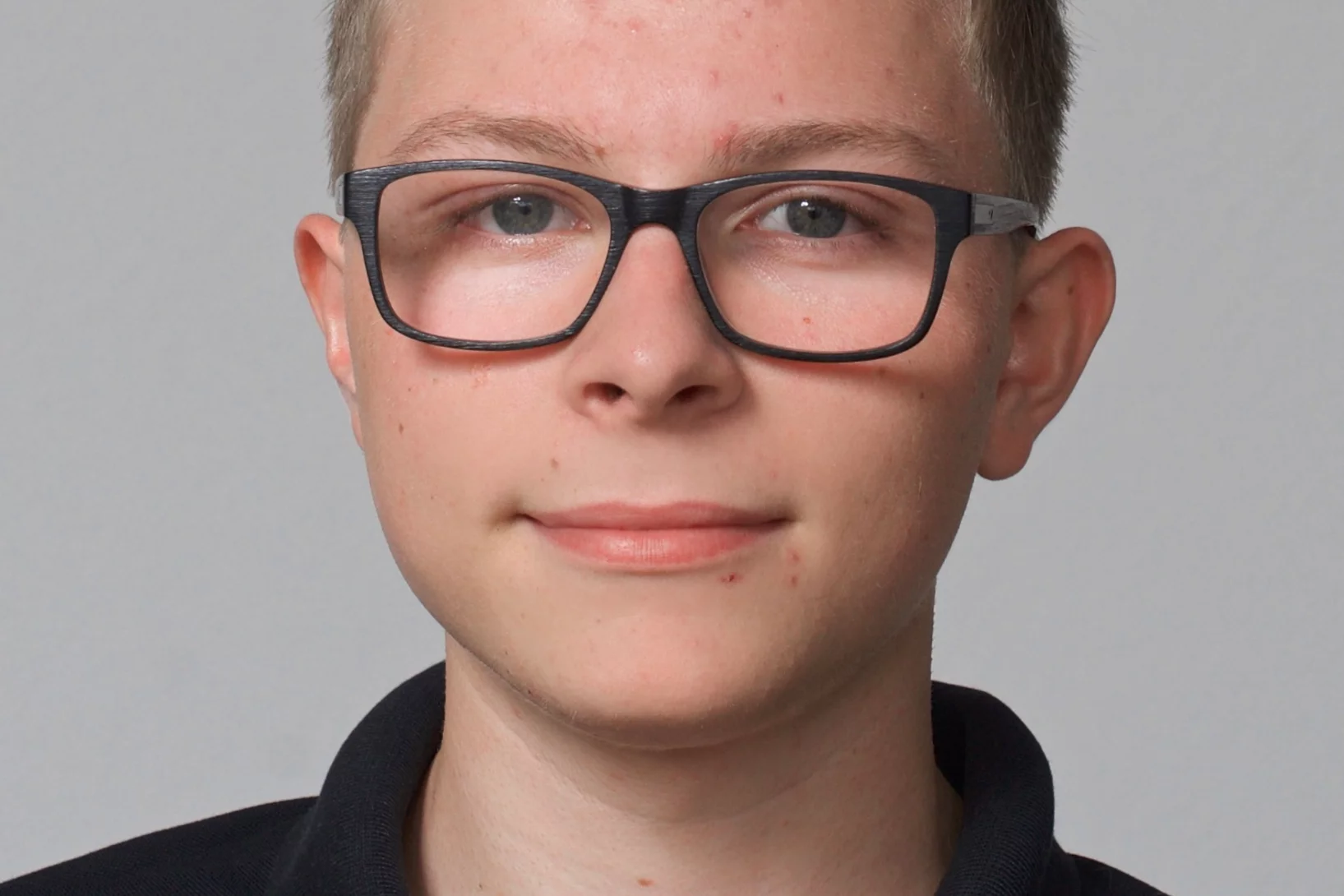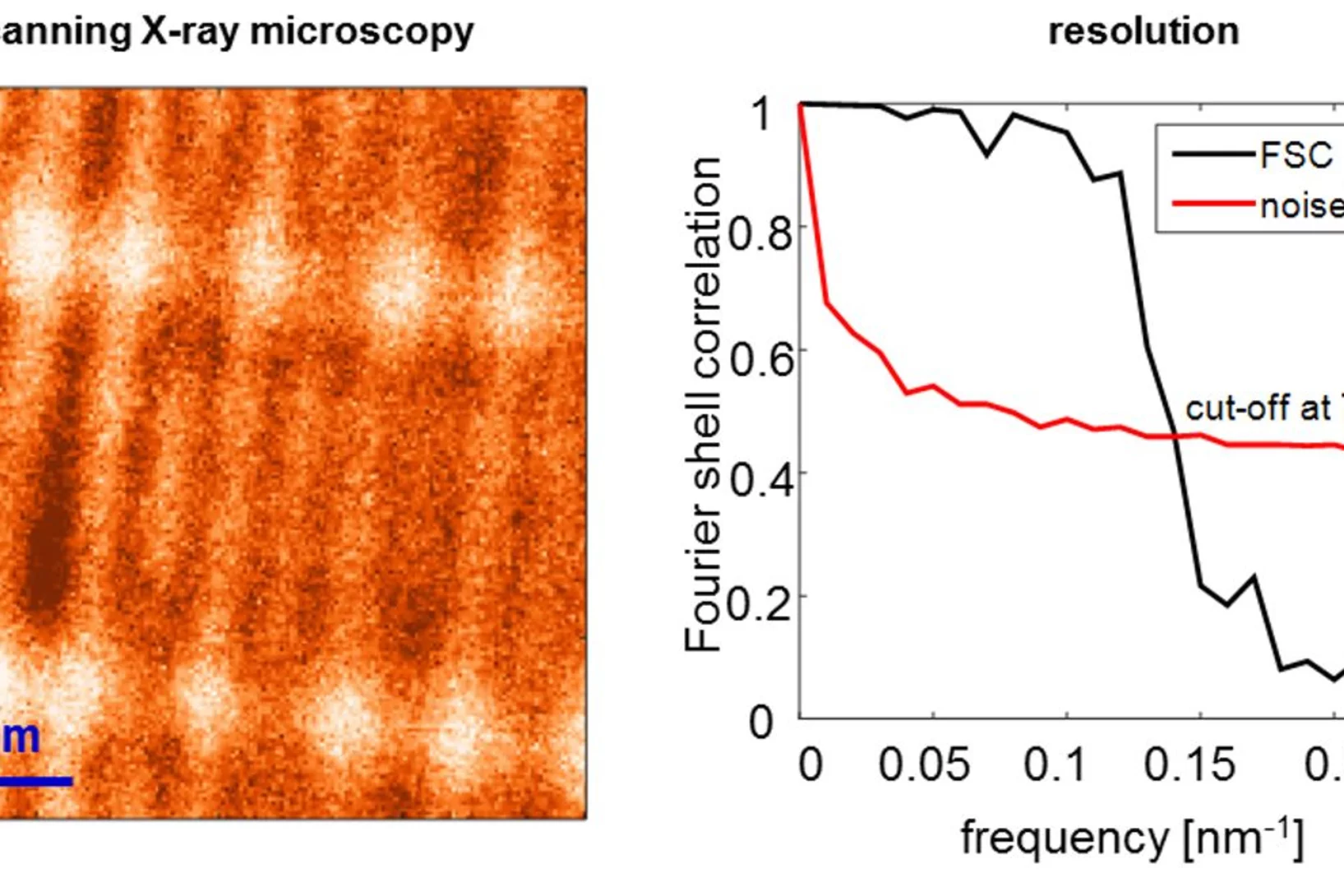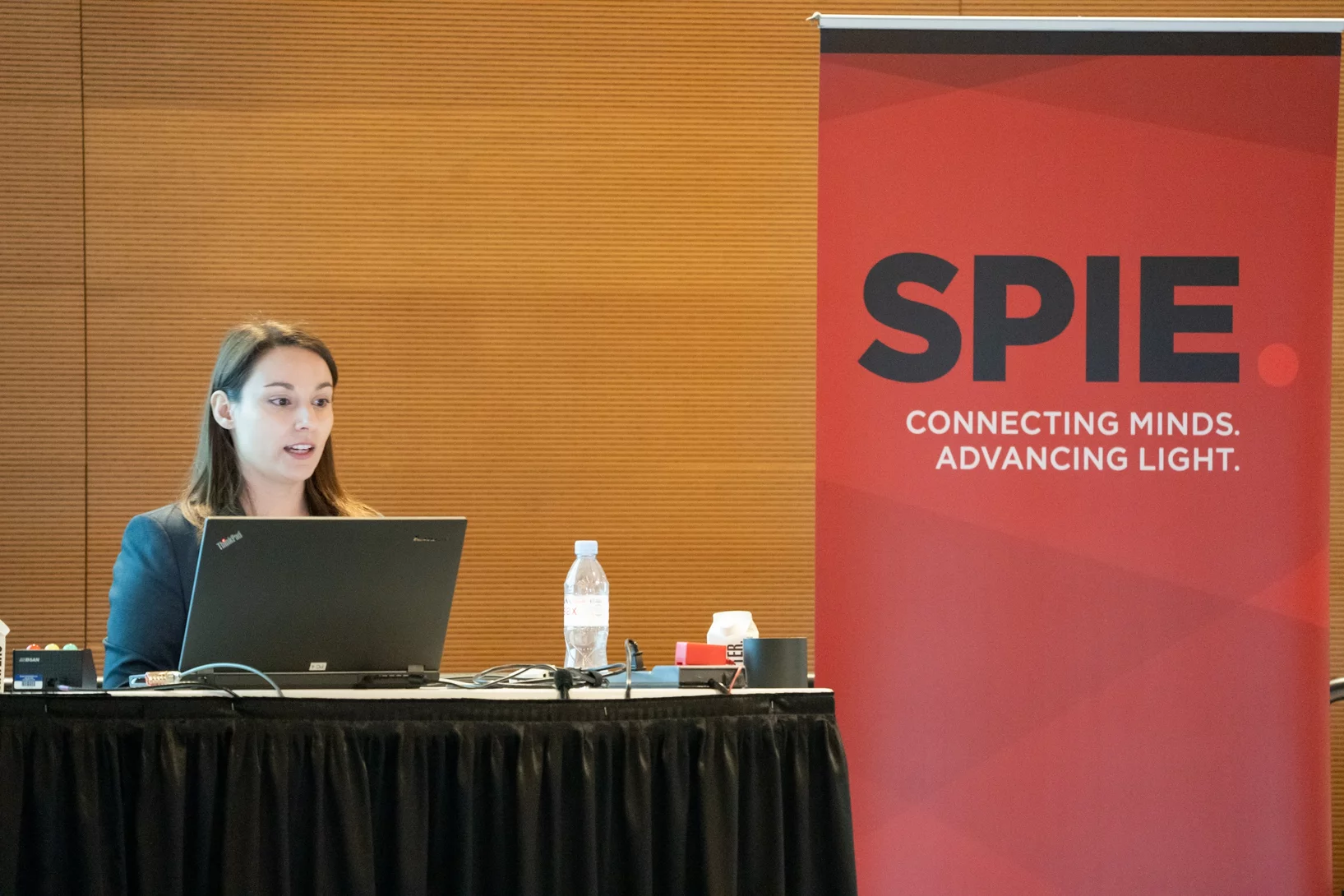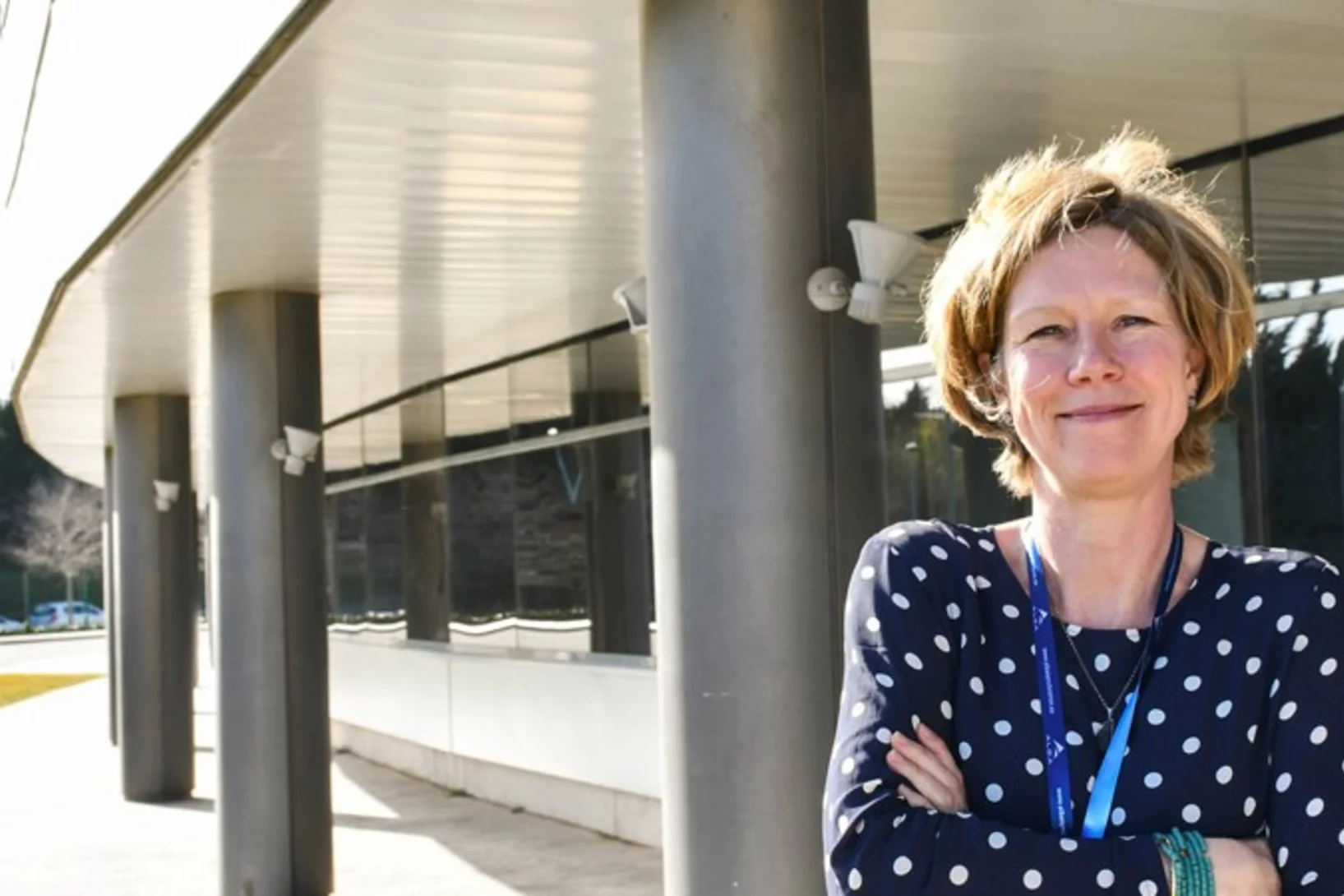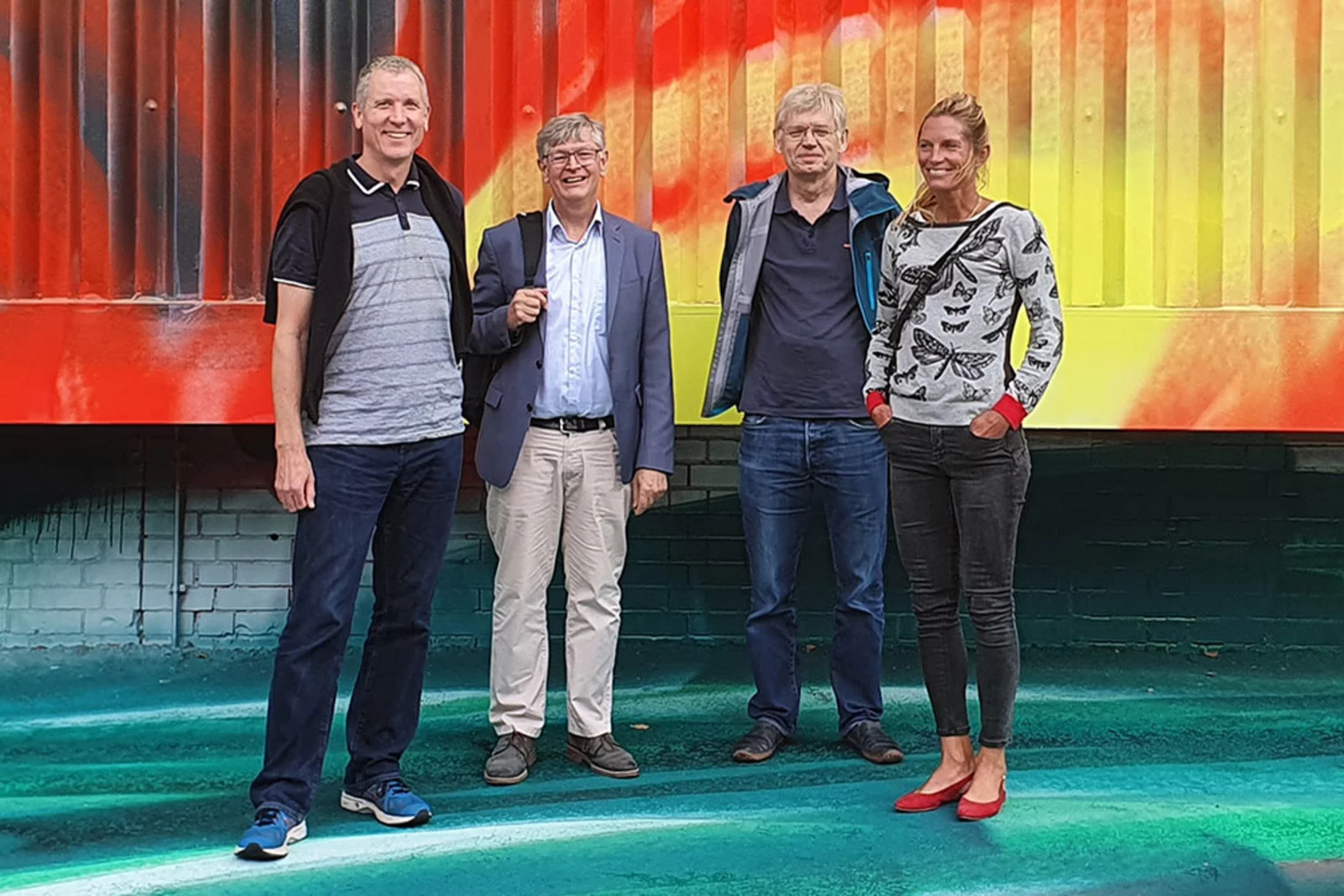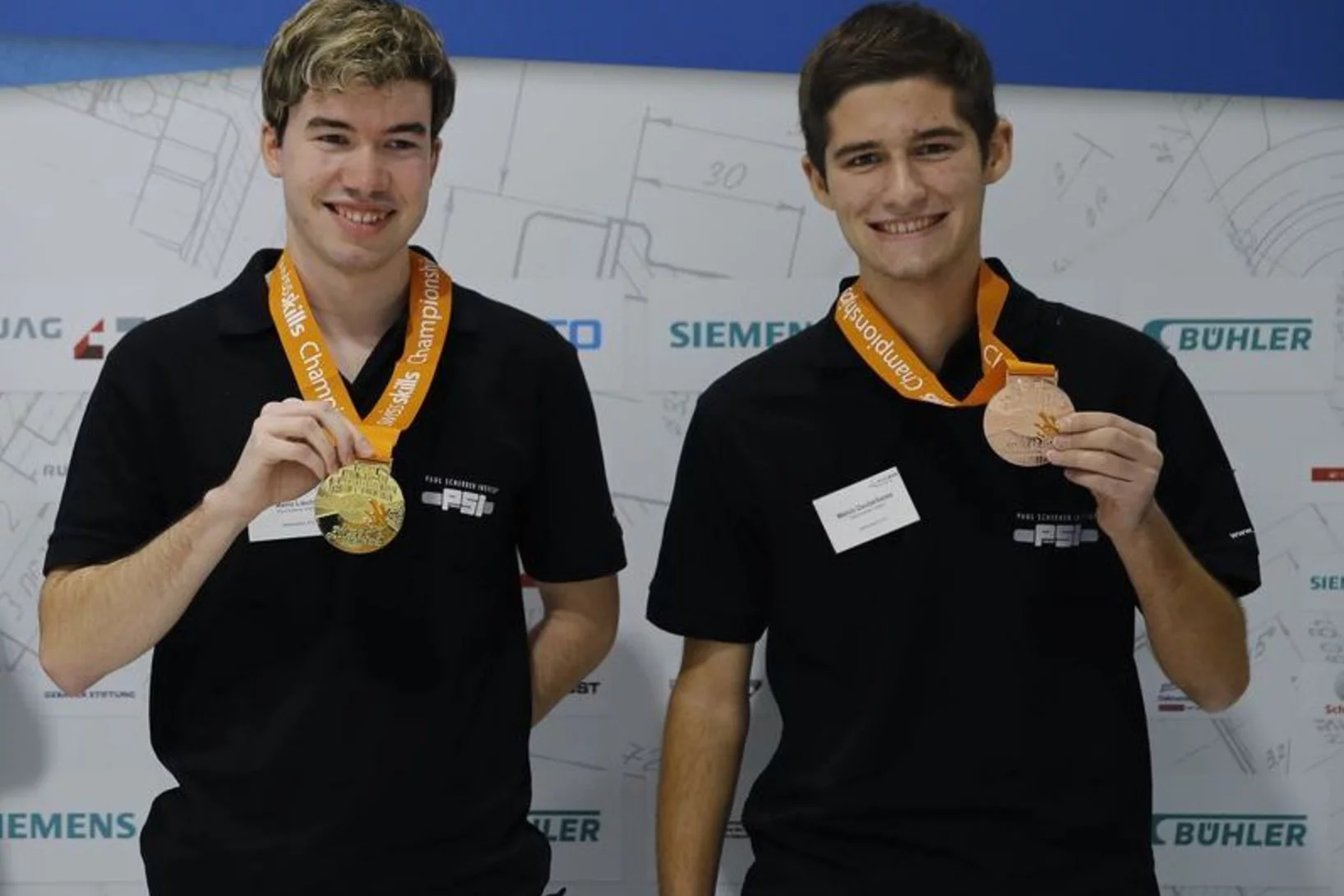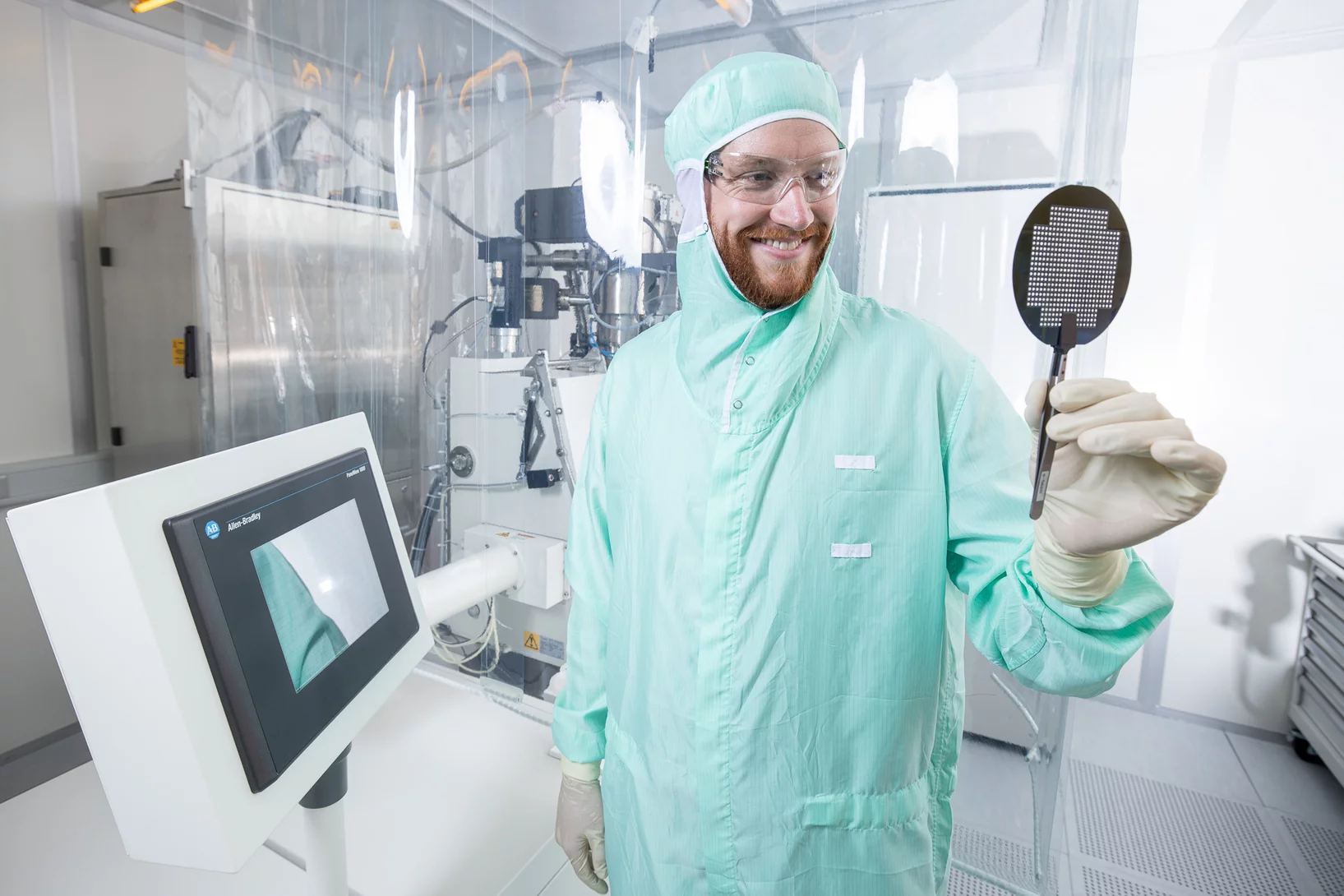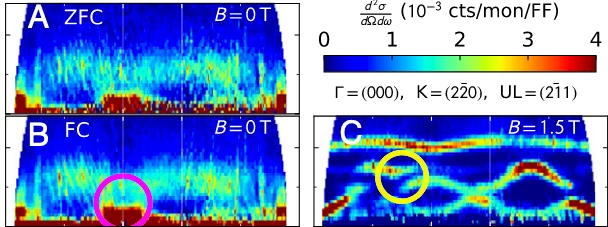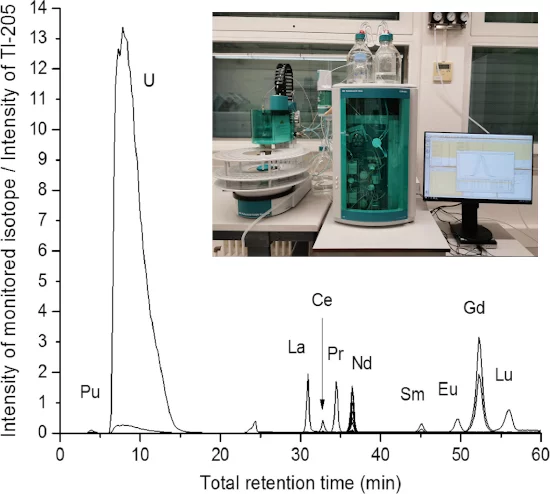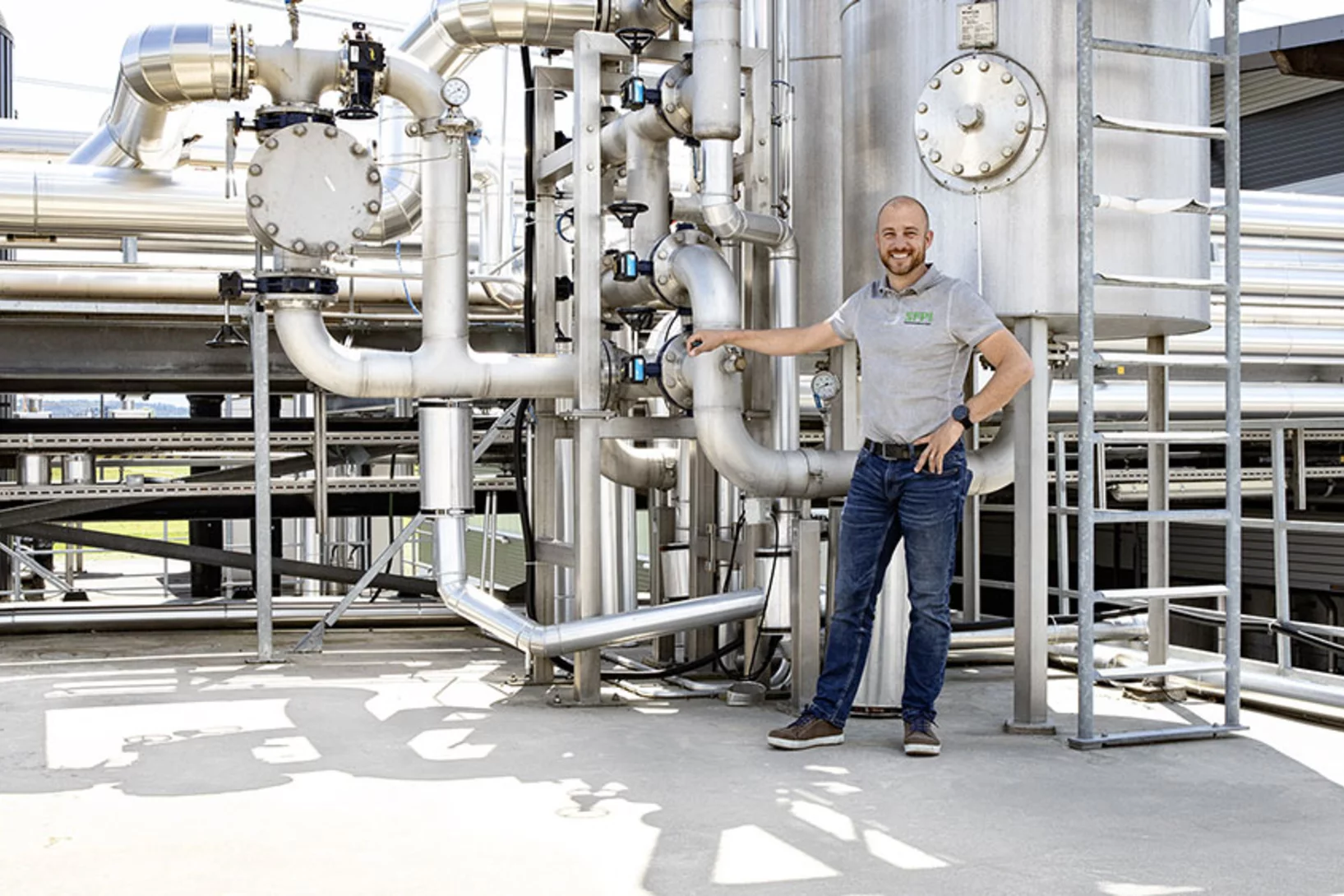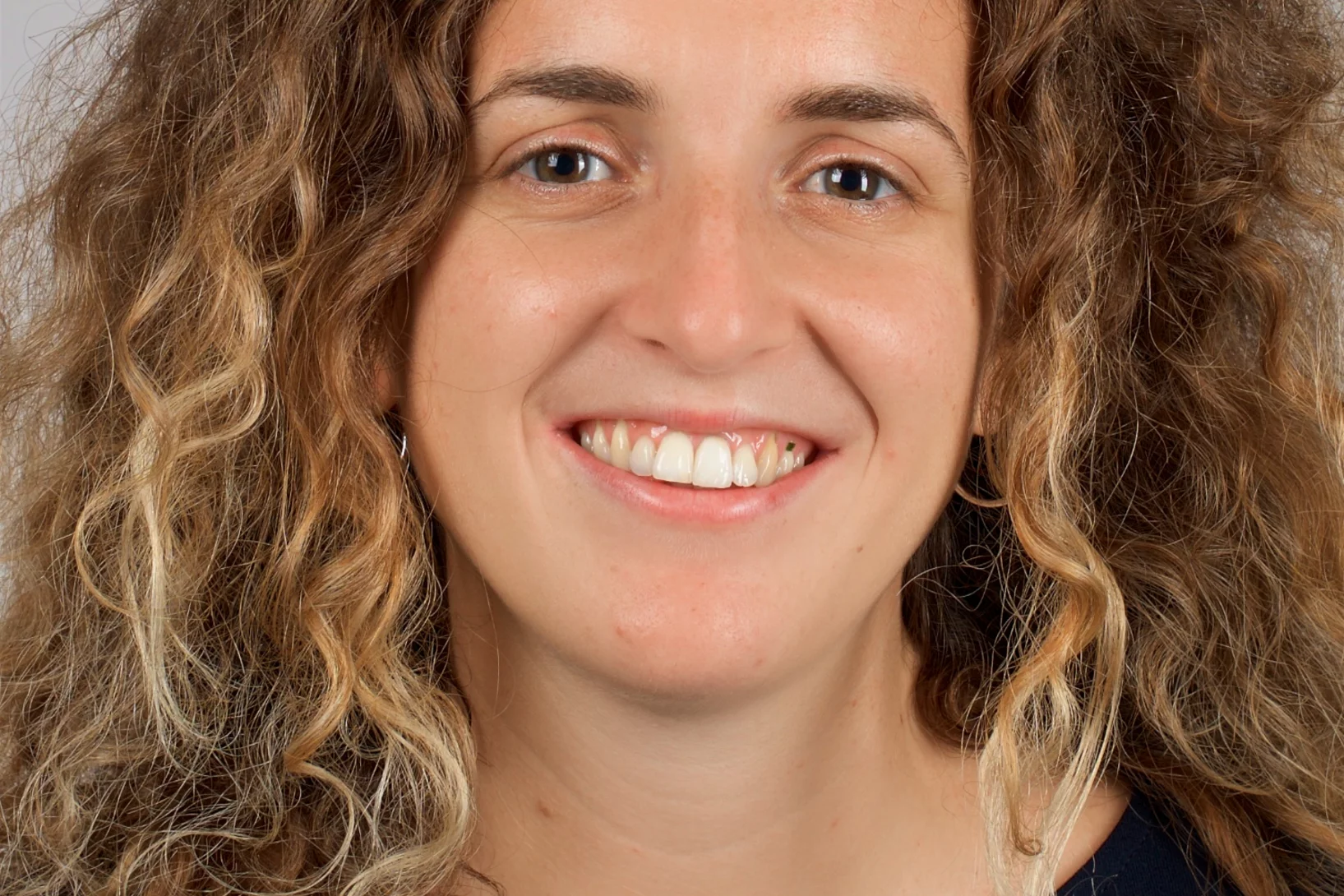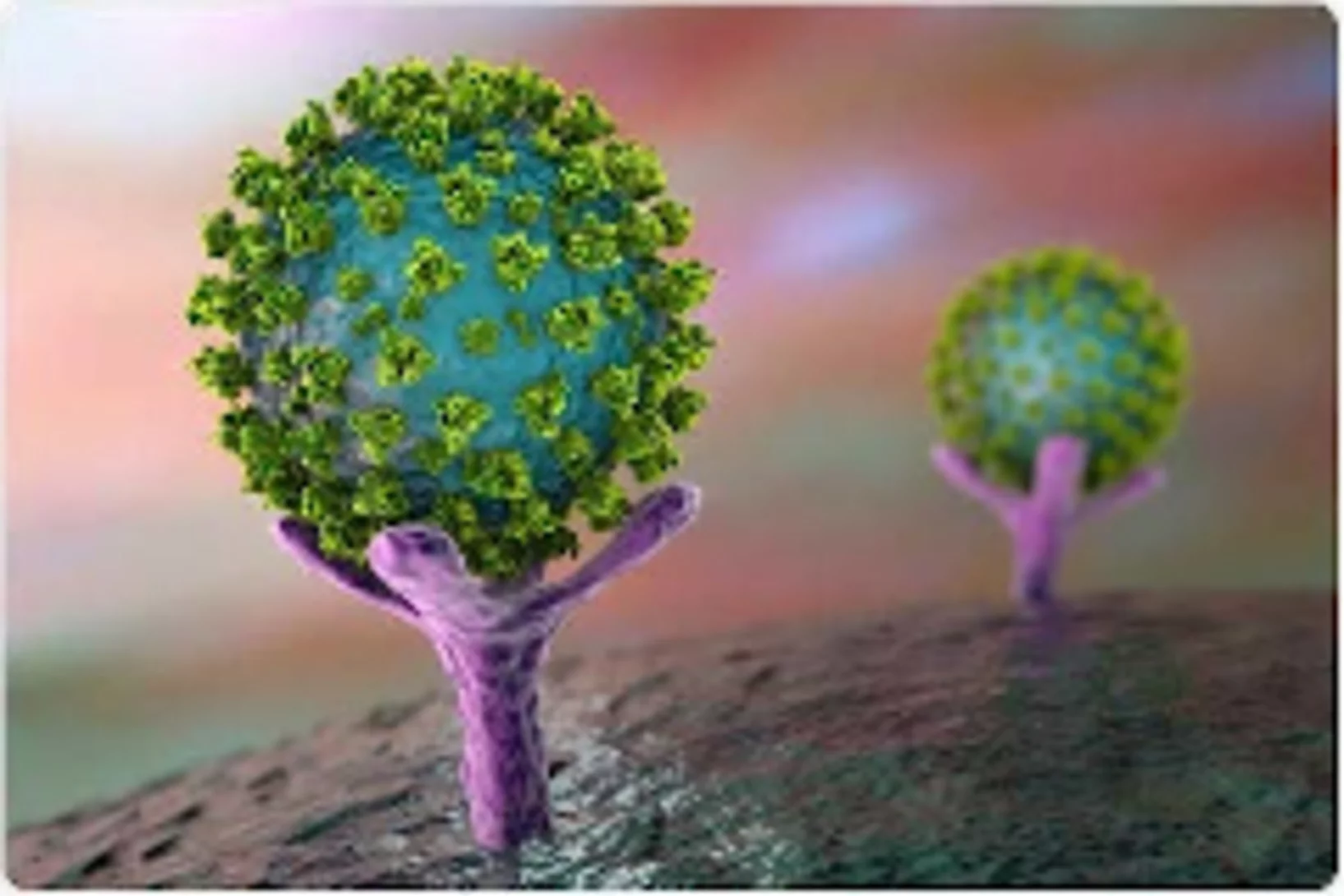Shifting away from nuclear energy, expanding solar and wind power, generating energy from biomass, reducing energy consumption. Switzerland is committed to becoming climate-neutral by 2050. An ambitious goal, which has become more urgent than ever due to the increasingly challenging geopolitical situation. How can a sustainable and resilient energy supply for Switzerland be established over the coming years? What's the optimal way to use renewable energy sources? What new technologies are especially promising? At PSI, researchers are seeking answers to these crucial questions.
Ruzicka Prize
The Ružička Prize 2020 goes to Dr. Patrick Hemberger (PSI) for his research on understanding the mechanisms of catalytic fast pyrolysis by unveiling reactive intermediates in heterogeneous catalysts.
BEATS beamline scientist from SESAME synchrotron trains at TOMCAT
TOMCAT welcomes Gianluca Iori, beamline scientist from BEATS - the new beamline for tomography at the SESAME synchrotron in Jordan, to a 3-month training on beamline operations. Gianluca’s visit is part of the Staff Training (BEATS Work Package 2) organized for BEATS scientific staff and SESAME control engineers. BEATS is a European project, funded under the EU’s Horizon 2020 research and innovation programme and coordinated by the ESRF.
BEATS beamline scientist from SESAME synchrotron trains at TOMCAT
TOMCAT welcomes Gianluca Iori, beamline scientist from BEATS - the new beamline for tomography at the SESAME synchrotron in Jordan, to a 3-month training on beamline operations. Gianluca’s visit is part of the Staff Training (BEATS Work Package 2) organized for BEATS scientific staff and SESAME control engineers. BEATS is a European project, funded under the EU’s Horizon 2020 research and innovation programme and coordinated by the ESRF.
Quantum spin-liquid states in an organic magnetic layer and molecular rotor hybrid
A better understanding of quantum spin liquids (QSLs), where spin dimer configurations are fluctuating even at the low- est temperatures, could be of use in quantum information, in superconducting or other technologies. This macroscopic collective state typically arises from geometrical frustration or low dimensionality. In the layered EDT-BCO, we report a QSL state, which is generated, on different bases, with the intrinsic disorder.
Single femtosecond laser pulse excitation of individual cobalt nanoparticles
The interaction of light and magnetism at the nanoscale is a topic of fundamental interest and with potential impact to future spintronics applications. in this work we address theoretically and experimentally the effect of femtosecond laser pulse excitation on the magnetic, structural, and chemical stability of individual magnetic cobalt nanoparticles including the role of the substrate or matrix. Eventually, we discuss possible pathways to achieve laser-induced magnetic switching in individual nanostructures.
This work has been highlighted as "Editors' Suggestion" in Physical Review B.
Arbeitseinsatz im Naherholungsgebiet der Aare entlang
Da wir dieses Jahr kein Lehrlingslager durchführen konnten, waren unsere Lernenden in der Umgebung des PSIs im Einsatz.
Analysis of cation contamination of polymer electrolyte water electrolysers (PEWEs)
With the help of in situ PEWE regeneration methods, we can potentially enable the treatment of degraded cells without the necessity of stack disassembly, saving operation costs of the plant. In this context, we observed the movement of cations in a PEWE cell using neutron imaging and compared it with a model. This model is expected to be useful for the early detection of cation contamination problems in PEWEs, and the monitoring of in situ regeneration.
Which particulate air pollution poses the greatest health risk?
The composition of particulate matter can influence its harmfulness to human health just as much as the amount, PSI researchers show in a newly published study. Experiments and computational modelling showed that in Europe high concentrations of particulate matter harmful to human health occur mainly in metropolitan areas.
FALCON - a new instrument project at SINQ
Early 2020, an agreement between the Helmholtz-Zentrum Berlin and Paul Scherrer Institut has been signed, according to which the recently commissioned Laue Diffractometer Falcon (E11) would be transferred from HZB to PSI. The purpose of this agreement was to make state-of-the-art equipment from the recently closed research reactor BER-II at HZB work for scientific community at SINQ.
3 Post Docs and 1 PhD student join TOMCAT
The X-ray Tomography group welcomes Stefan Gstöhl (Post-Doc), Maxim Polikarpov (Post-Doc), Margaux Schmeltz (Post-Doc) and Aleksandra Ivanovic (PhD Student) as new members. The group also thank everybody who helped making it possible for our Post-Docs and PhD student to join PSI amidst the challenges brought by the COVID-19 pandemic.
3 new Post Docs and 1 PhD student join TOMCAT
The X-ray Tomography group welcomes Stefan Gstöhl (Post-Doc), Maxim Polikarpov (Post-Doc), Margaux Schmeltz (Post-Doc) and Aleksandra Ivanovic (PhD Student) as new members. The group also thank everybody who helped making it possible for our Post-Docs and PhD student to join PSI amidst the challenges brought by the COVID-19 pandemic.
Wirtschaftsforum Zurzibiet
Starke Region dank starker Partner
Observation of plaquette fluctuations in the spin-1/2 honeycomb lattice
Quantum spin liquids are materials that feature quantum entangled spin correlations and avoid magnetic long-range order at T =0 K. Particularly interesting are two-dimensional honeycomb spin lattices where a plethora of exotic quantum spin liquids have been predicted. Here, we experimentally study an effective S = 1/2 Heisenberg honeycomb lattice with competing nearest and next-nearest-neighbour interactions.
PSI at the Swiss Innovation Forum!
This year's Swiss Innovation Forum takes place from 17th - 19th November as a 3-day virtual conference. Under the motto "It's time to innovate - NOW" the focus is on creativity, innovation and technology. Which technological trends will conquer the market? And what impact will Covid-19 have on future innovations? These and other questions will be addressed at this year's Swiss Innovation Forum.
PSI will be there - visit us at our virtual booth and find out more about how the technology transfer centre ANAXAM uses state-of-the-art material analysis to support both industry and SMEs in optimising production methods and processes, thus creating the basis for innovations.
Revealing Creep Motion of a Skyrmion Lattice at Ultra-Low Current Densities
Magnetic skyrmions are well-suited for encoding information because they are nano-sized, topologically stable, and only require ultra-low critical current densities jc to depin from the underlying atomic lattice. Above jc, skyrmions exhibit well-controlled motion, making them prime candidates for race-track memories. In thin films thermally-activated creep motion of isolated skyrmions was observed below jc as predicted by theory.
Particle-size dependent structural transformation of skyrmion lattice
Magnetic skyrmion is a topologically protected particle-like object in magnetic materials, appearing as a nanometric swirling spin texture. The size and shape of skyrmion particles can be flexibly controlled by external stimuli, which suggests unique features of their crystallization and lattice transformation process. Here, we investigated the detailed mechanism of structural transition of skyrmion lattice (SkL) in a prototype chiral cubic magnet Cu2OSeO3, by combining resonant soft X-ray scattering (RSXS) experiment and micromagnetic simulation...
KV-Ausbildung am PSI
Normalerweise arbeite ich im Büro, aber es gibt auch aussergewöhnliche Arbeitstage ...
World Record: 7 nm Resolution in Scanning Soft X-ray Microscopy
During the past decade, scientists have put high effort to achieve sub-10 nm resolution in X-ray microscopy. Recent developments in high-resolution lithography-based diffractive optics, combined with the extreme stability and precision of the PolLux and HERMES scanning X-ray microscopes, resulted now in a so far unreached resolution of seven nanometers in scanning soft X-ray microscopy. Utilizing this highly precise microscopy technique with the X-ray magnetic circular dichroism effect, dimensionality effects in an ensemble of interacting magnetic nanoparticles can be revealed.
Finalist of the Photronics Best Student Award
Ricarda Nebling, PhD student at LMN, received a prize at the SPIE Extreme Ultraviolet Conference 2020 for her contribution: “Effects of the illumination NA on EUV mask inspection with coherent diffraction imaging”.
BEATS Project
Mirjam van Daalen, chair of the BEATS Steering Committee
A new generation of optogenetic tools for research and medicine
The European Research Council (ERC) is funding an interdisciplinary collaborative project with 10 million euros for the structural and biophysical analysis of selected photoreceptors and their development into "OptoGPCRs", light-controlled molecular switches with a wide range of applications in biology and medicine.
SwissSkills Championships 2020
Mario Liechti und Melvin Deubelbeiss haben eine Gold- und eine Bronzemedaille erkämpft! Noah Piqué und David Steinacher haben die Plätze 8 und 9 erreicht. Wir sind sehr stolz auf sie und gratulieren ganz herzlich!
Successful Ramp-up of the Mu3e Magnet at PSI
The Mu3e magnet has been successfully ramped up to 1T by Andreas Knecht and Ioannis Paraskevas with the remote help from Roger Mitchell from Cryogenic. This included both the main and compensation coils. It went very smoothly and no re-centering of the cryostat was necessary. The load cells showed a very balanced configuration. Congratulations to everybody involved for reaching this important milestone.
PSI Spin-off XRNanotech wins Swiss BIC of CERN Technologies 2020
With its extraordinary X-ray optics, XRNanotech GmbH, PSI's latest spin-off, was able to convince the jury of the "Business Incubation Centre (BIC) of CERN Technologies" programme of Park Innovaare and prevail over the other finalists. As the winner of this programme, the start-up will receive CHF 50,000 as well as further support from the University of Applied Sciences Northwestern Switzerland, CERN and PSI.
Multiphase magnetism in Yb2Ti2O7
Quantum materials have properties that defy conventional theories of solids. Explaining these unusual properties is a frontier in physics, which promises both technological applications and fundamentally new states of matter. Yb2Ti2O7 is a center of attention in this work. While it becomes ferromagnetic at very low temperature, its excitation spectrum resembles that of a quantum spin liquid. We show using neutron scattering ...
Prestigious IEEE award for Stefan Ritt
Stefan Ritt, leader of the Muon Physics group at the Laboratory for Particle Physics, has received today the prestigious IEEE Emilio Gatti Radiation Instrumentation Technical Achievement Award, for "contributions to the development and democratization of ultra-high-speed digitizers”.
New element and speciation specific analytical options at AHL
The Hot Laboratory division (AHL) within PSI’s Nuclear Energy and Safety (NES) division continually upgrades and advances its analytical infrastructure to provide cutting-edge scientific service to PSI’s researchers and industrial customers. A new, fully automatable and highly flexible Ion Chromatograph (IC) furthers AHL’s efforts in sample miniaturization and extends the spectrum of destructive analytical capabilities to element and speciation specific analyses. With the new IC and its modern ICP-MS (Inductively Coupled Plasma Mass Spectrometry) facilities, AHL offers innovative scientific options for nuclear and general research. Moreover, speciation analyses by IC-ICP-MS for polyvalent inorganic water pollutants such as Cr or As and the acquisition of a new ICP-OES system (Inductively Coupled Plasma Optical Emission Spectrometry) enable future autonomy in wastewater management.
Clean biogas for a successful energy transition
PSI researchers have set up camp at a biogas plant near Lucerne. Between meadows and gigantic fermenters, they are investigating how they can remove impurities from the biogas to make this energy source even more usable.
Welcome to Lucia Iezzi
We warmly welcome Lucia Iezzi as a PhD student in the Laboratory of Environmental Chemistry. She has joined the Surface Chemistry group on 1 November 2020.
Aerosol distribution in rooms and the importance of proper ventilation
Urs Baltensperger explains the background why it is absolutely necessary to wear masks in order to reduce the risk of beeing infected with Covid-19.
In the following you find the presentation and summary

